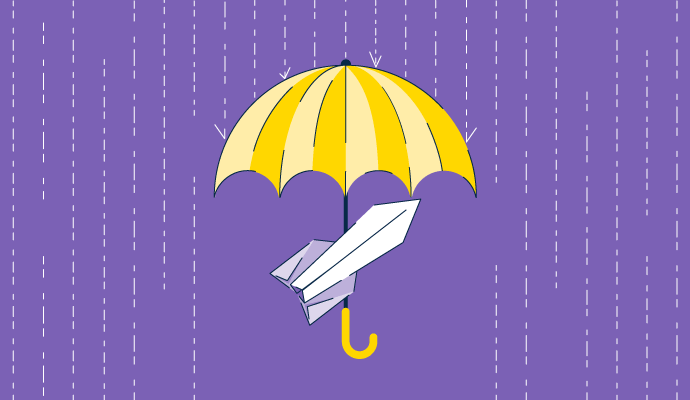What is a hazard rate?
A hazard rate represents the rate of death for any item of a given age. It only applies to items that are unable to be repaired. This calculation is a part of the larger hazard function, which measures the likelihood of something continuing to function or survive from one moment to the next. A number of businesses rely on hazard rates, including commerce, retail, finance, infrastructure, and insurance.
Other names for the hazard rate include the failure rate, hazard function, and force of mortality.
In order to monitor the hazard rate and how it changes, some businesses use operational risk management software to simplify the process. This software considers different factors in the equation, like human error and technology issues.
How to calculate hazard rate
To calculate the hazard rate of any given item, use the following formula:
h(t) = f (t) / R (t)
Example: If the specified time frame is within one year, and someone is trying to calculate the probability of another stock market crash occurring within that year, the hazard rate would be equal to one year divided by how many years occurred between the previous market crashes.
h (t): The calculated hazard rate.
f (t): The probability density function, which is the probability that failure or death will occur during a specified time frame.
R (t): The survival function, which is the opposite of the probability density function. It measures the probability that survival will occur during a specified time frame.
A higher hazard rate means failure is more likely, while a lower hazard rate means survival is more likely. It’s important to note that the hazard rate cannot be negative, and it cannot be calculated with an infinite time frame in mind.
Use cases for the hazard rate
The concept of a hazard rate is applicable to multiple industries and businesses. The industries below apply the hazard rate for the following use cases:
- Engineering: The hazard rate measures the reliability analysis, which calculates the likelihood that an engineering system will fail or die.
- Economics: The hazard rate refers to the duration analysis in economics, which determines how long it will take for an investor to be repaid a bond’s price.
- Sociology: The hazard rate correlates to event history analysis, which analyzes the timeline and occurrence of certain human events.
- Statistics: The hazard rate attempts to predict when catastrophic events will occur.
The bathtub hazard rate concept
Used particularly within the engineering industry, the bathtub hazard rate concept can be seen as the opposite of the bell curve concept. The hazard rate curve initially curves downward, representing a decreasing hazard rate region.
The middle of the "bathtub” levels out, creating a constant hazard rate region. At the end of the bathtub, the hazard rate region increases once again. The large majority of cases are within the middle of the bathtub, where the hazard rate levels out.
Hazard rate vs. failure rate vs. hazard ratio vs. useful life
The hazard rate is the rate of failure for an item of a given age. Failure rate is another name for hazard rate. Other names include hazard function and force of mortality.
The hazard ratio is the ratio of two related hazard rates: the control group and the experimental group. Useful life is an estimate of the timeframe an item or function is likely to remain in service or otherwise active.
Take risk management up a notch by discovering the best IT risk management software.

Whitney Rudeseal Peet
Whitney Rudeseal Peet is a former freelance writer for G2 and a story- and customer-centered writer, marketer, and strategist. She fully leans into the gig-based world, also working as a voice over artist and book editor. Before going freelance full-time, Whitney worked in content and email marketing for Calendly, Salesforce, and Litmus, among others. When she's not at her desk, you can find her reading a good book, listening to Elton John and Linkin Park, enjoying some craft beer, or planning her next trip to London.

